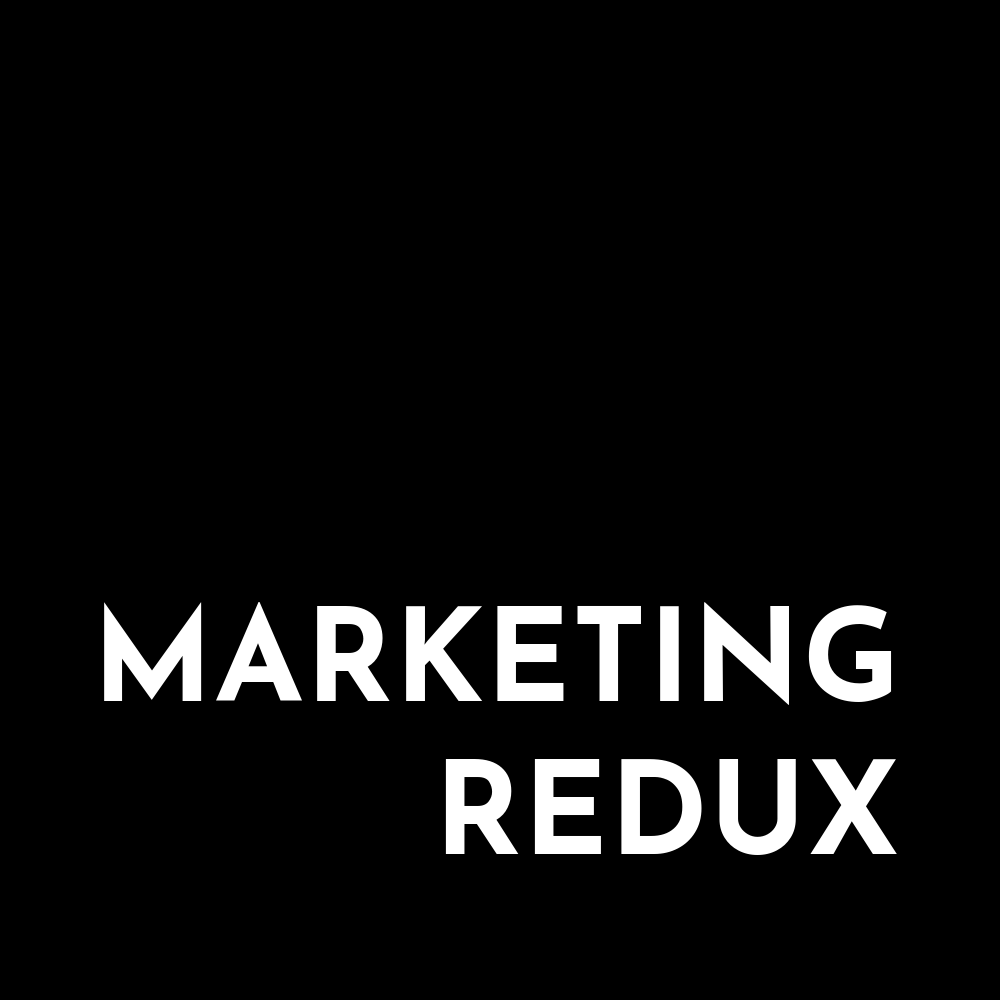Ever feel frustrated that business doesn’t grow like you would like it too? Here is where things might be going wrong.
- Your offer isn’t really an offer.
- Your offer has no benefit to your audience.
- You haven’t made an offer that anyone cares about.
- Your offer is unbelievable.
Diagnosing offers as to which category you might fit into needs only asking a couple of questions. Who wants to buy this and why do they want to buy it? Once we understand the who and the why, the offer then becomes easier to craft. Let’s see how crafting the right offer can help you sell more.
The Offer Must Be A True Offer
Ever been to a website with the only thing you can make out is that they want you to call them? Or perhaps to download a specific white paper? A free download isn’t an offer stand customers get no reason why they should download it. A true offer provides value by answering the needs of the customer. Answer this question, what is in it for me.
The Offer Must Answer A Need
People buy things because they have a need or a want. Let’s start with your personal needs. What was the last thing you bought and why? Was it the need to feed yourself? Where did you buy it from and why? Now ask honestly about the product or service you are offering. Why does someone need what you have to offer and why they might buy it from you. Let’s review some reasons your needs can help you deliver the best offer as possible.
Common Needs
Human needs vary based on variable factors. The base needs in the following diagram are required to be satisfied first before other needs like esteem or self-actualization can addressed.

- Psychological needs are basic functions that a person has. The need to sleep, eat, drink, breath, etc.
- Safety needs are related to health, shelter, money, morality, family, etc.
- Love/belonging are needs related to identifying with groups such as family, friends, and community.
- Esteem needs become more answers to wants such as self-esteem, respect from others and for others, and achievements.
- Self-actualization is an altruistic need in which a person wants to make the most of their achievements. Things might be morality, creativity, spontaneity, etc.
Now all of these needs are somewhat academic but are helpful in formulating the offer that comes from a need. Here are some ways to think about the needs someone has.
- Solves an issue
- Frees uptime
- Reduces costs
- Increases sales
- Provides self-esteem
- Connects with community
The Offer Must Be Specific
Making a specific offer is critical in moving a potential customer into a buyer. Specificity requires a benefit to a need. Here are two separate offers made. One is a service, and another is a product.


As you can see, these brands have made a specific offer. Transform Your Life answers the need to change. Not so much what needs to change as I am sure the consumer will answer it. The second is specific that new email users will get 20% off and free shipping.
The Offer Must Be Relevant
Relevance is a vital aspect of developing marketing offers. Consumers have become accustomed to targeted ads specific to them. In the case of Levi’s landing page, this offer is for 20% off for new email subscribers. Relevance to new email subscribers is important because they are identifying people who have not purchased from their website. For those who have, they offer a different promotion for “Friends and Family” that receive 30% off. Relevance can take many forms specific to a person’s interest, spot and the buying cycle, and timeframe. The better you can segment your customers by demographics and the stage in the purchase funnel will help you be more successful with your offers.
Offers Must Be Timely
Making an offer when something is needed is so much easier than when it is not. In the case of an e-commerce company, offering a discount at the start of a shopping experience denotes time in the offer. Once you’ve closed the offer, it doesn’t appear again limiting the time of the offer. If you’ve already supplied an email, then the other customers will disqualify themselves for the deal. For new purchasers, this immediate offer can help lead someone through the funnel to find the right jeans. If they don’t purchase, there is the opportunity to retarget that customer through remarketing. Perhaps they aren’t ready to buy and thus the opportunity to follow-up with the same offer or new offer altogether.
Conclusion
Marketing offers are key to selling your product or service. By deriving the needs of your customers, you will be able to make offers that your customers want and are relevant. Take a look at your current “offers” and determine if they are true, answer a need, specific, relevant, and timely.

